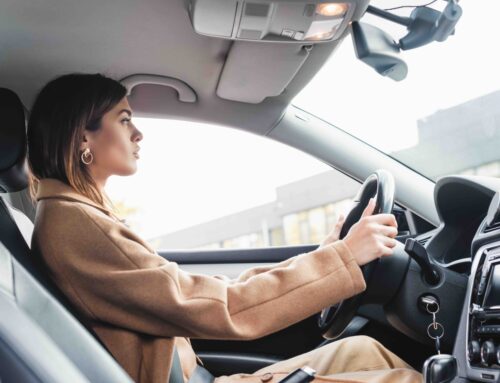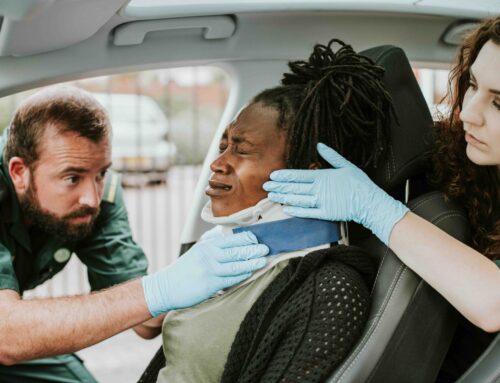Sharing the Road: School Bus Edition
School is back in session, which means school buses are out and about again. When’s the last time you brushed up on safe driving tips? Don’t miss this refresher on safely sharing the road with school buses.
On the Road
Remember, school buses are larger and much heavier than your average car. Plus, these vehicles are usually full of precious cargo, so it’s important to exercise patience when sharing the road with them.
- Buses take longer to come to a complete stop, so increase your following distance. There should be at least three car lengths or between 10 and 20 feet of space between your vehicle and the back of a bus.
- Be aware of blind spots! For bus drivers, these are generally directly below and in front of the side flat mirrors, and right behind the back bumper. Typically, rear blind spots extend to about 50 feet, but this can vary depending on the length of the vehicle.
- When driving near a school bus, do your best to avoid danger zones, which are located anywhere within 10 feet from the vehicle in any direction.
School Zones
Whether school buses are present or not, it’s vital to practice the following in school zones to prevent an accident. Children are not always aware of their surroundings, so it’s important to be even more cautious than usual.
- Obey all traffic laws including the school zone speed limit.
- Keep an eye out for children, and give them plenty of space when driving past them.
- Be prepared to stop at all crosswalks, even if you don’t see anyone waiting to cross.
- Use defensive driving techniques to prevent an accident.
- Most importantly, follow these safety precautions even when school is not in session.
Students may be present for after school activities!
Pulling Out All the Stops
The most dangerous part of sharing the road with school buses is not while traveling – it’s at bus stops. Here’s what you need to know.
- If you see the hazard lights (located on the lower half near the tail lights) flashing, it means that the bus has stopped to let children aboard, but children won’t be crossing the street to get on.
- Flashing yellow lights located on the upper half of the bus indicate that the vehicle is slowing to a stop. This is typically signaled about 200 feet before the bus comes to a complete stop.
- Flashing red lights on the top half of a school bus means all traffic must stop! Children are about to board or exit the bus. These lights are usually accompanied by an extended stop sign or mechanical arm.
When Can You Pass?
When is it legal to pass a stopped school bus? These laws vary slightly by state. Below are these regulations in Missouri.
- Never go around a school bus when traveling behind it!
- On roads with four lanes or more, drivers driving in the opposite direction of the bus can pass, but must do so with caution.
- On roads that have less than four lanes, drivers always have to stop for a school bus, no matter which direction you are driving in.
- Drivers do not have to stop when a school bus is in a loading zone.
Unfortunately, many drivers do not follow all rules and regulations regarding sharing the road with school buses. Keep our children safe during the school year by following traffic laws to a T. If you are ever unsure if you should stop or not for an oncoming school bus, just stop. As the saying goes, it’s better to be safe than sorry.
If you or a loved one have been injured in an accident, contact us as soon as possible to schedule your initial consultation. There, you will receive free legal advice from an experienced personal injury attorney near you. Call us to hire a lawyer who cares to fight for the compensation you deserve.







